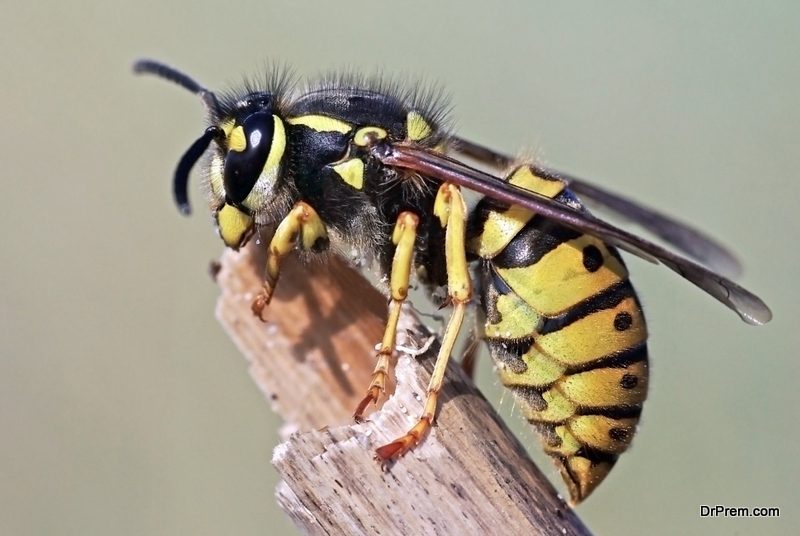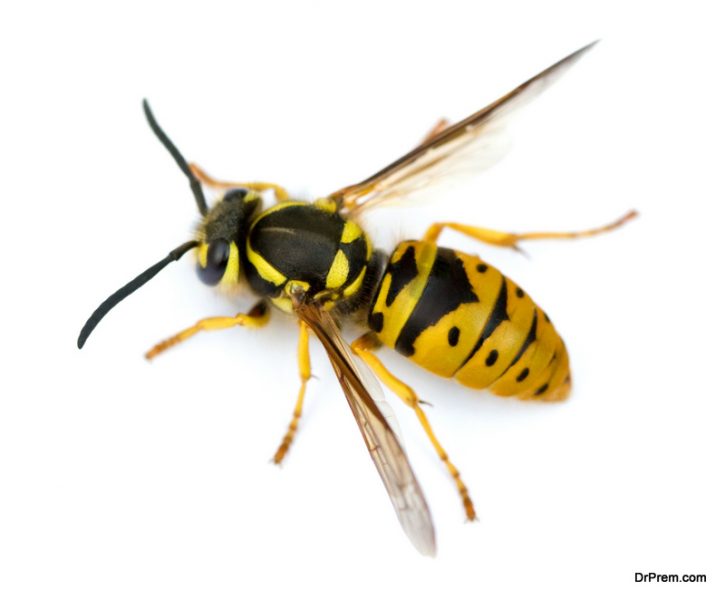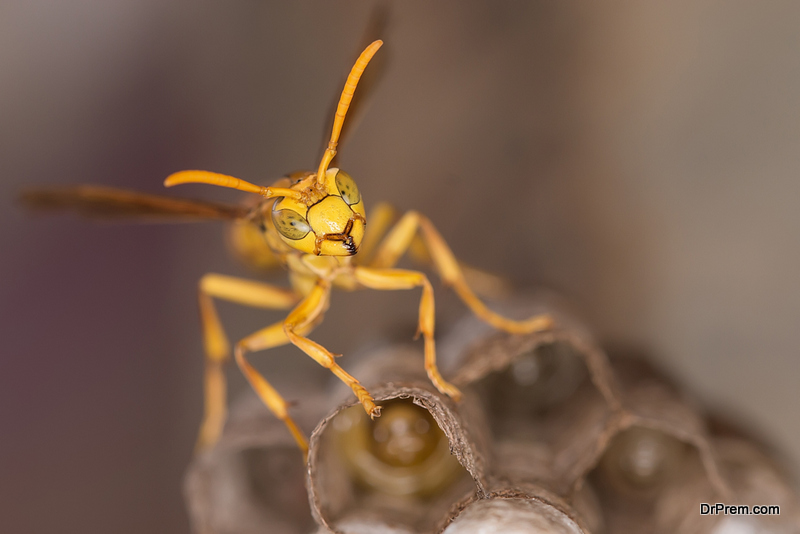Spring being around the corner has very few disadvantages; the promise of extended daylight, some warmer weather and getting the barbecue set out brings smiles to Brits all over the country. But this is also the time of year that the remaining queen wasps leave their hibernation in the hunt fora new location for their nest. Wasp populations are increasing in the UK, thanks to the effects of climate change. Warm summer weather coupled with milder winters mean that wasps’ nests are plaguing the attics, roofs, and garages of British homeowners. In fact, Rentokil call-out figures to dispose of this common pest have increased by 137% year on year.
What to do if you suspect that you have a wasp nest located in or near your home – find out how to locate, remove and prevent these unpleasant pests.
If wasps have invaded your house this spring, then here are some top tips to get rid of the problem.
Locating A Wasp Nest

Wasps nests may be clearly visible due to a number of the insects travelling in and out of the entry point. Some foraging wasps go out on the scavenge and don’t return for some time, but other lookout wasps will base themselves near the entrance of the nest and communicate to the insects within, when there is danger that they need to attack. A nest where there is lots of action, particularly during the summer is easy to identify. During the winter, in the midst of the hibernation period, it is trickier. If there are any wasps flying, then stop and watch their flight lines to determine if there is a clear path to follow. Take a look in common areas such as garden bushes, sheds, garages, roof fascias and inside your loft.
Safe Disposal
Once you have located the nest, it would be advisable to call a professional who specialises in wasp nest removals; this is essential if you know that you are allergic to wasp stings and may be in danger of experiencing an anaphylactic shock. If you’d prefer to try and deal with the problem yourself, then begin by making sure that you are dressed appropriately.
You’ll need to wear long sleeves and trousers, but you should also don a facemask if you are using chemicals to treat the nest. There are a number of DIY sprays that you can use to blitz the nest and its inhabitants, but it is not necessary to remove the actual nest.
Once wasps realise that that they’re in danger then they will try and attack you, so it’s really important to only go down the DIY route if the nest is small, preferably the size of a golf ball or smaller.
Prevention Is Your Best Bet

Once you’ve safely eradicated the problem, you’ll likely want to be reassured that it won’t return. Wasps are known to dislike peppermint, so you can pour some peppermint oil into a couple of soap dishes and leave them dotted around your garden and indoor areas that they are drawn to. You can even use a peppermint solution on your skin for extra defence. You should also ensure that dustbin lids are firmly shut, and that windows and doors are frequently closed to stop wasps from entering your home.
Wasps are an unpleasant pest that are set to become even more popular as the planet heats up. Deal with any wasp problems head-on, conducting regular inspections to find nests so that you can eradicate the issue before it spirals out of control.
Article Submitted By Community Writer




